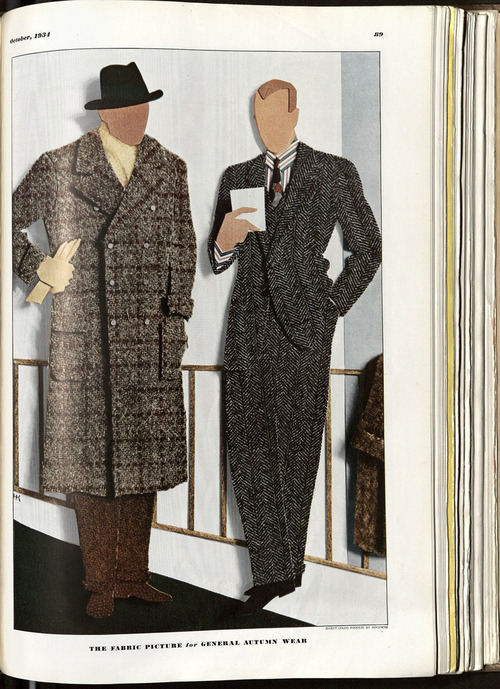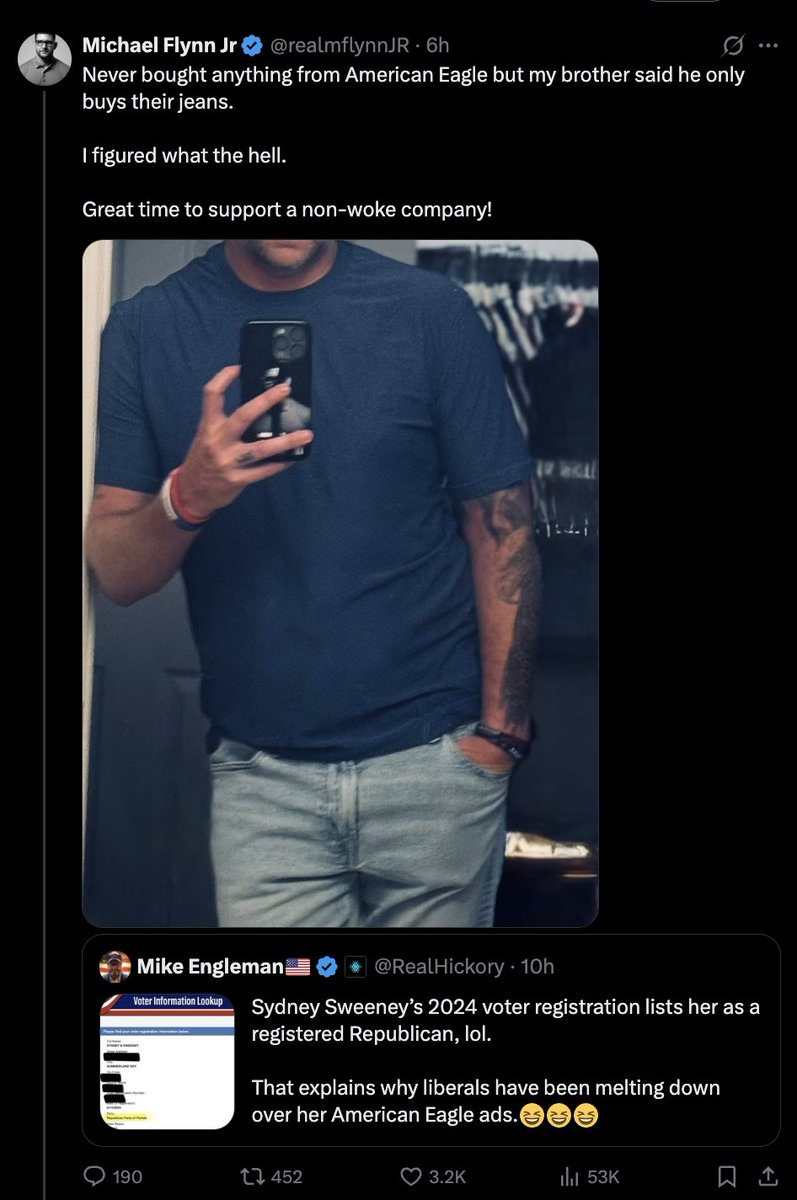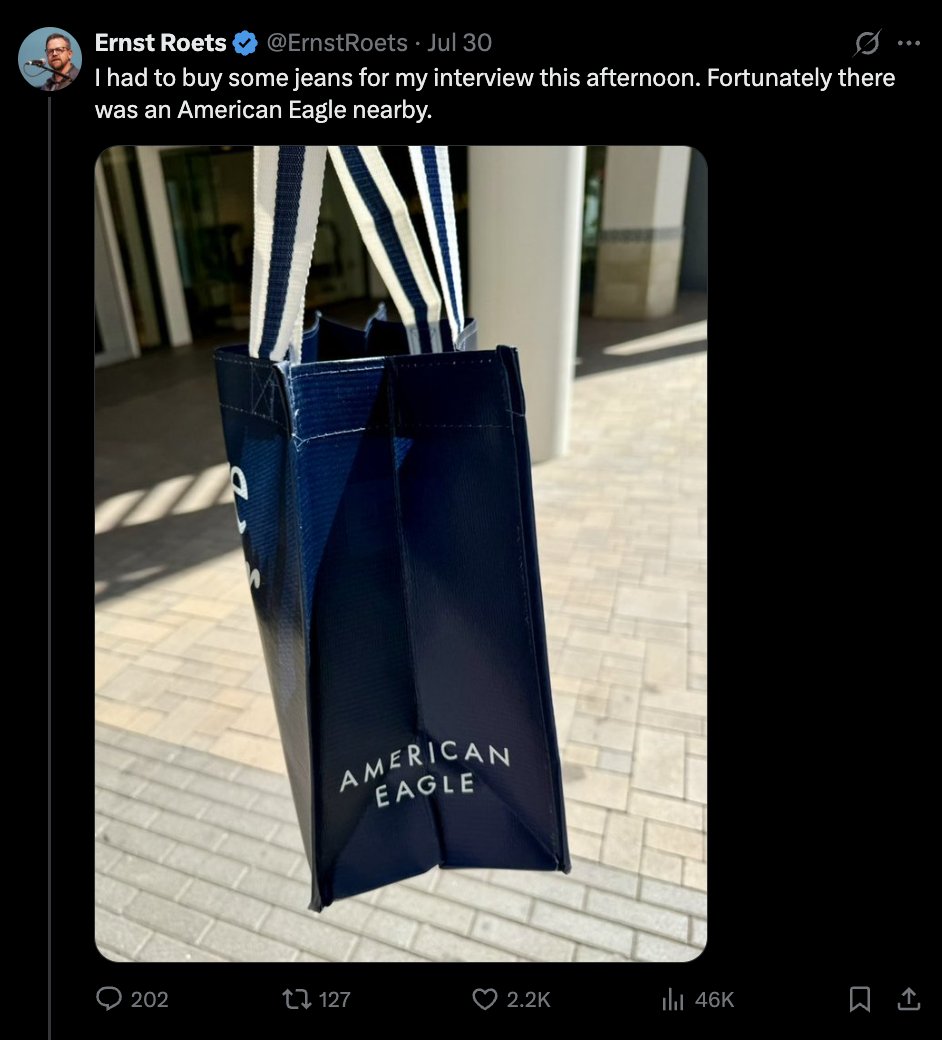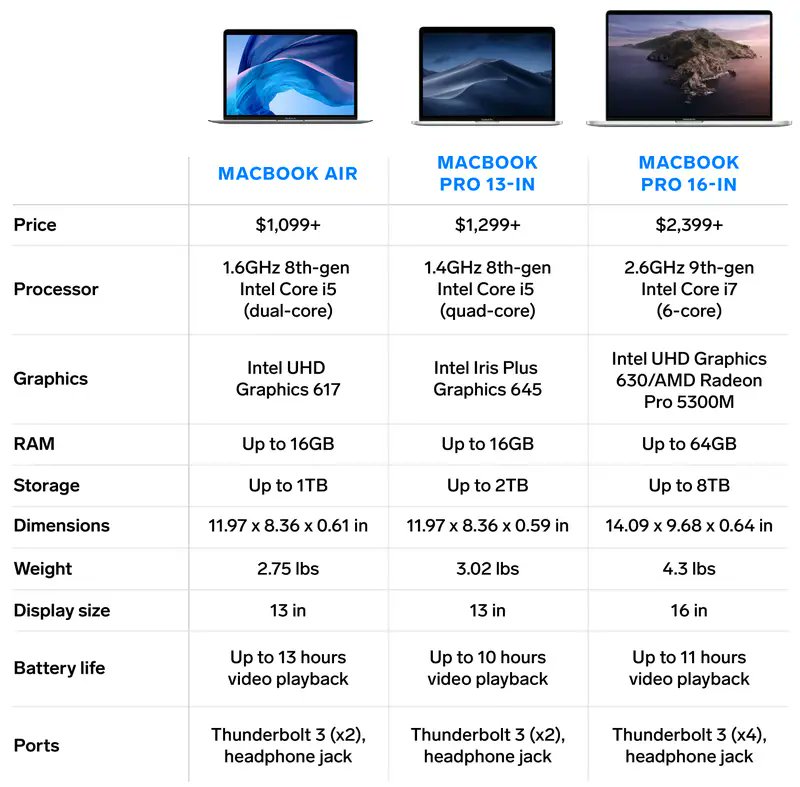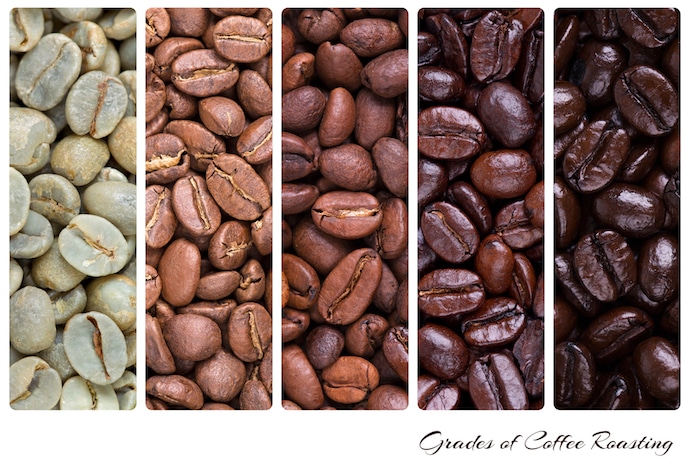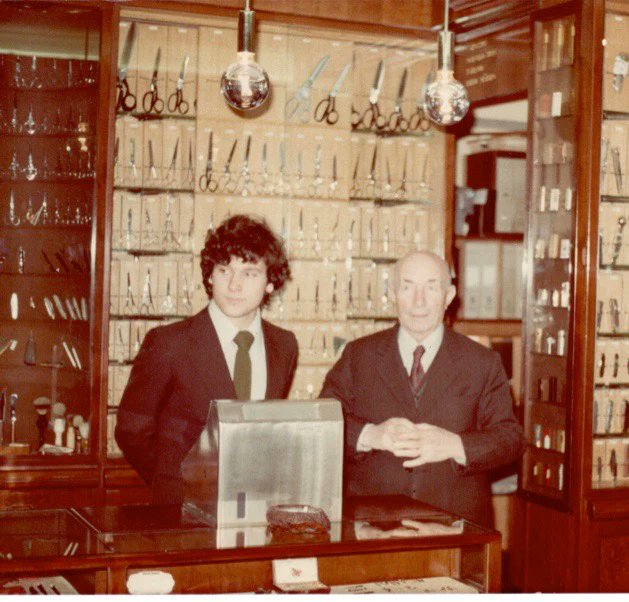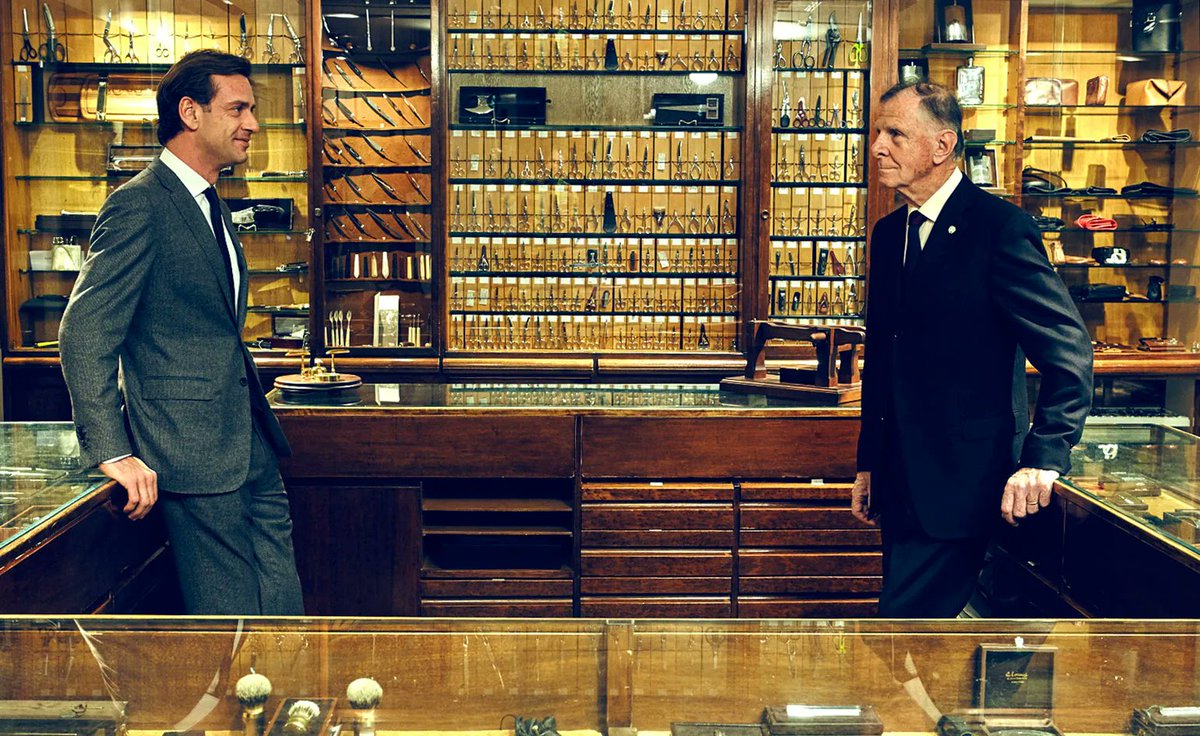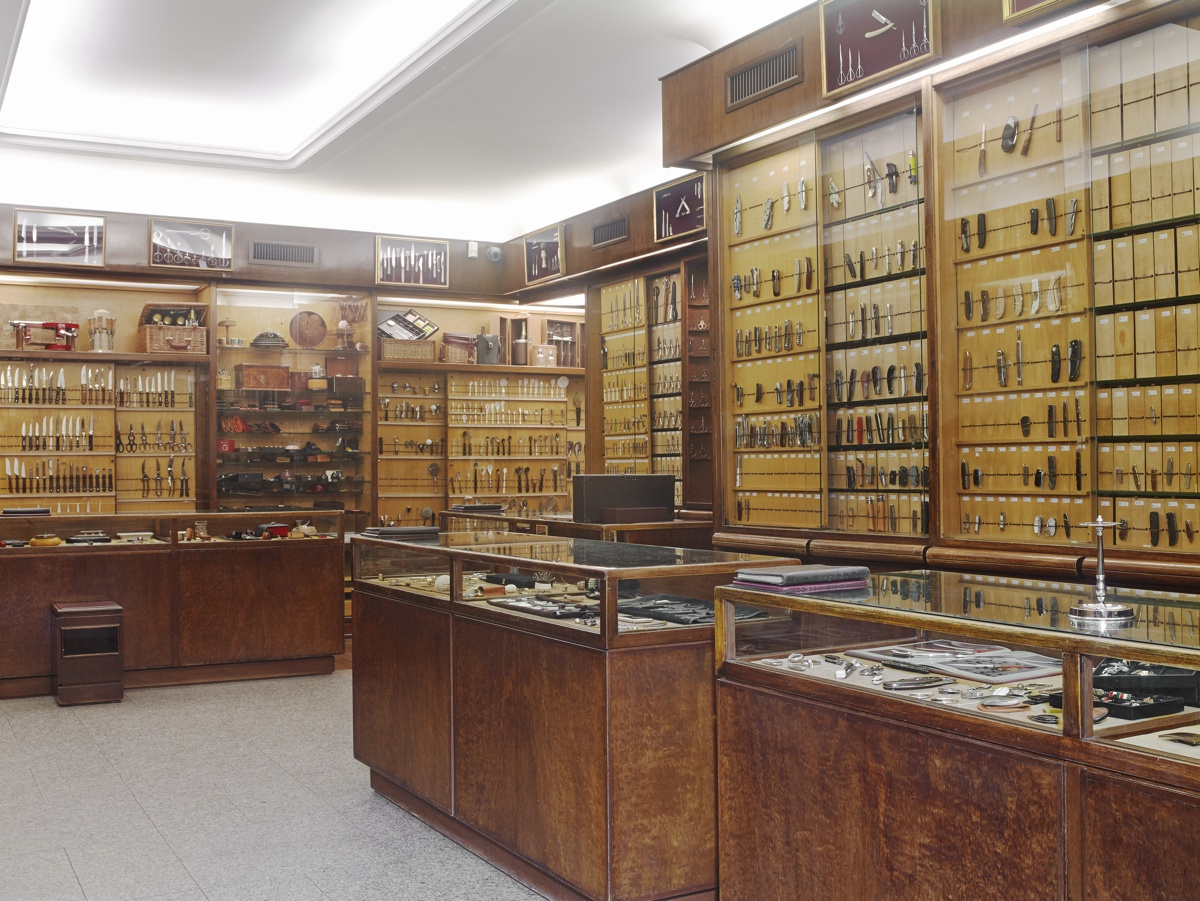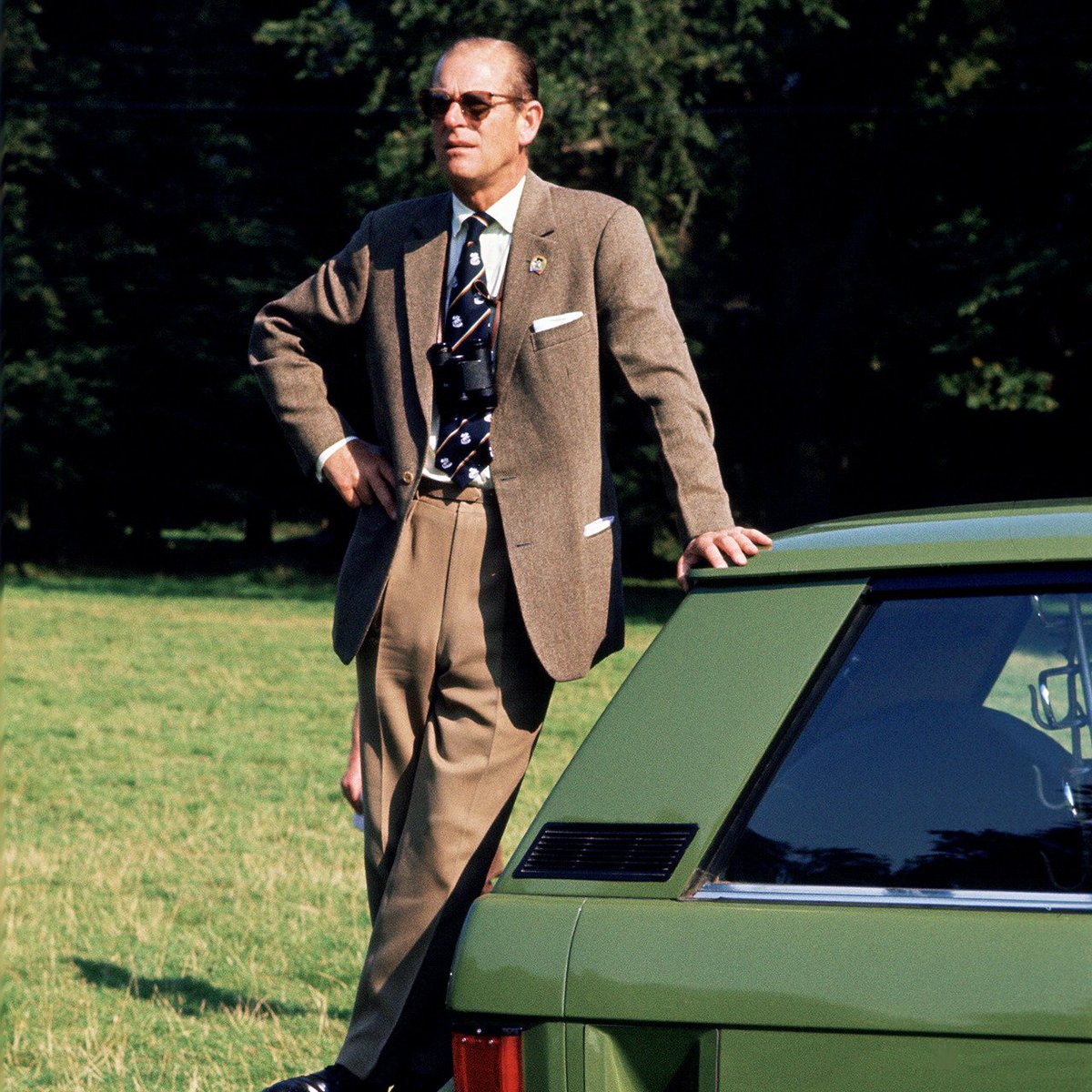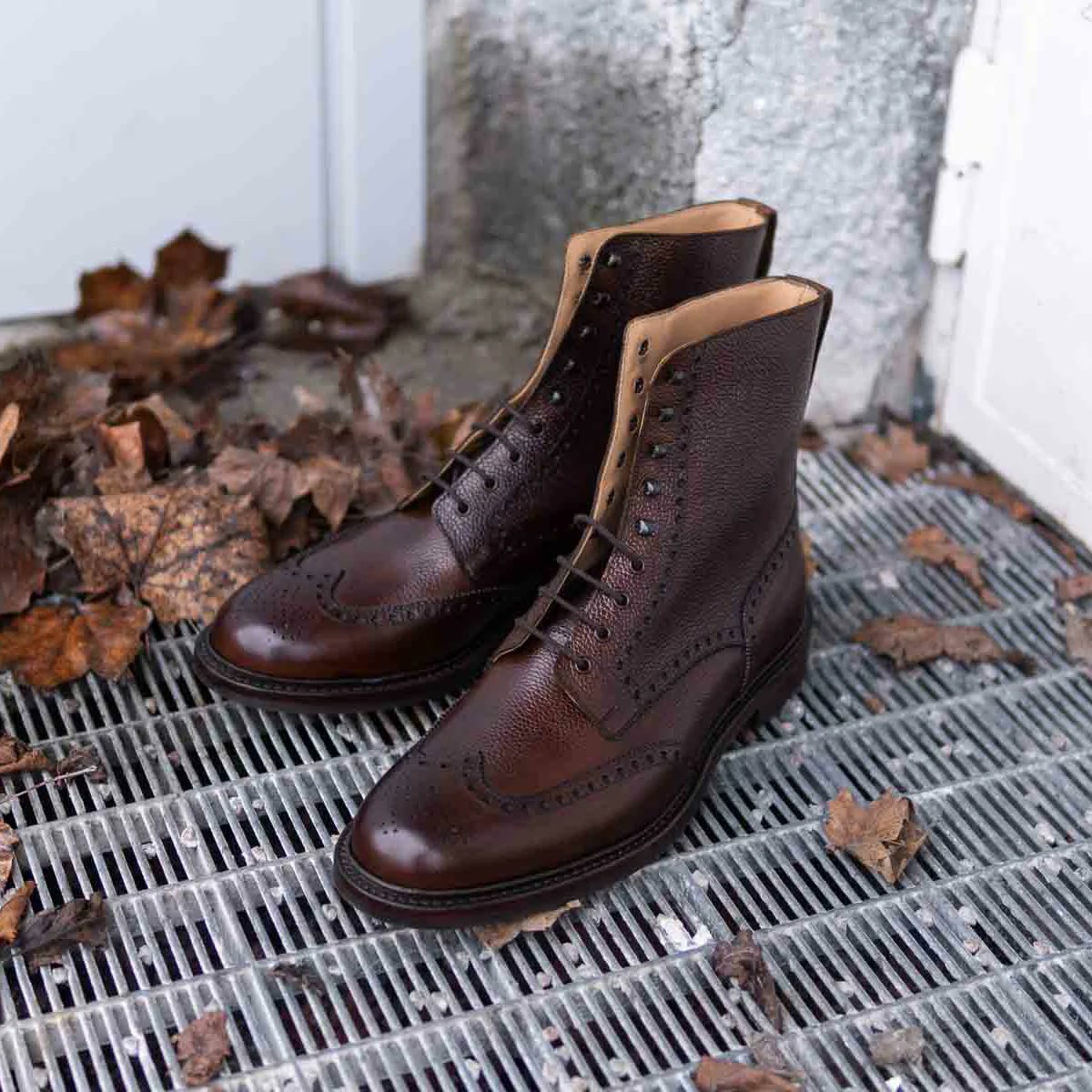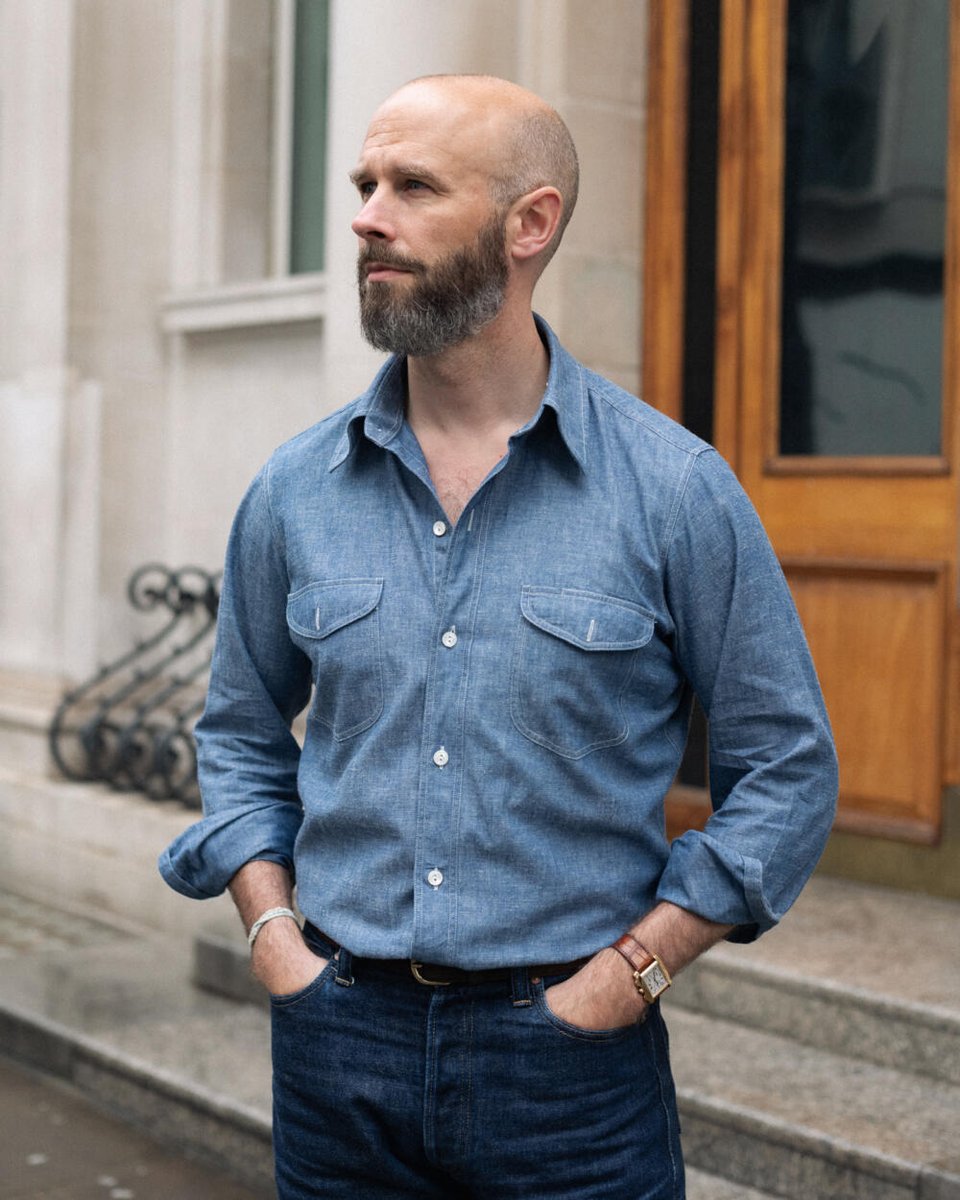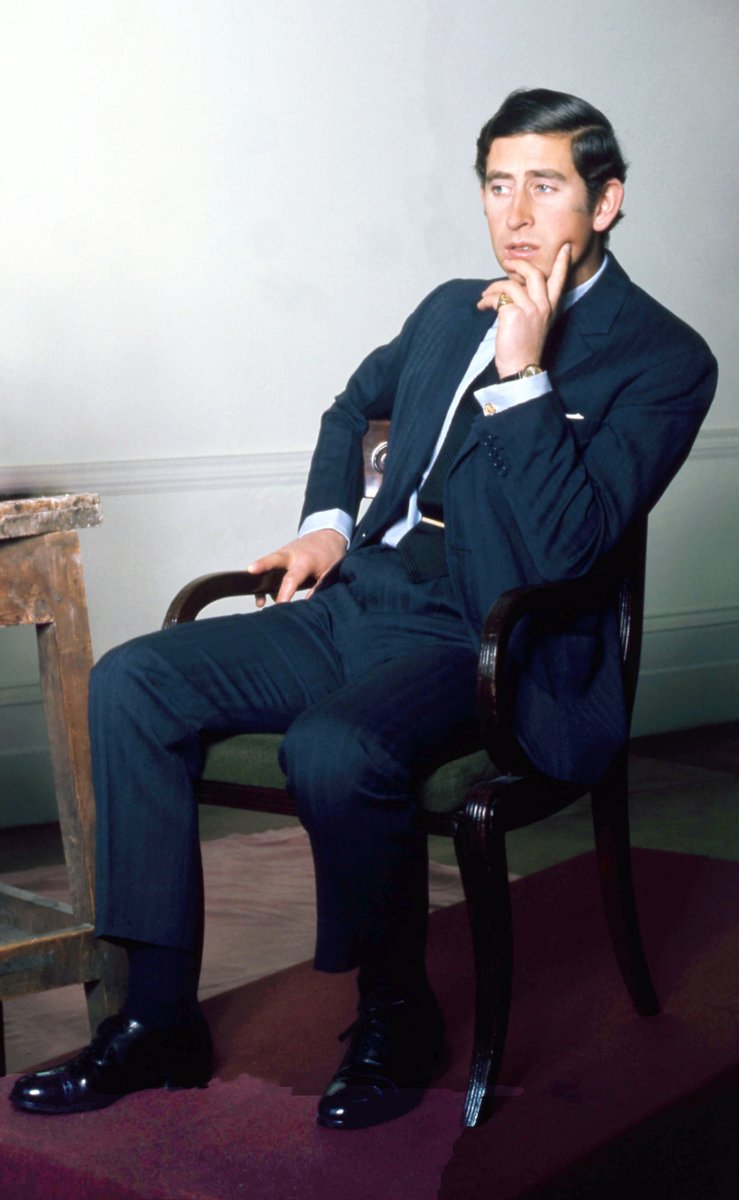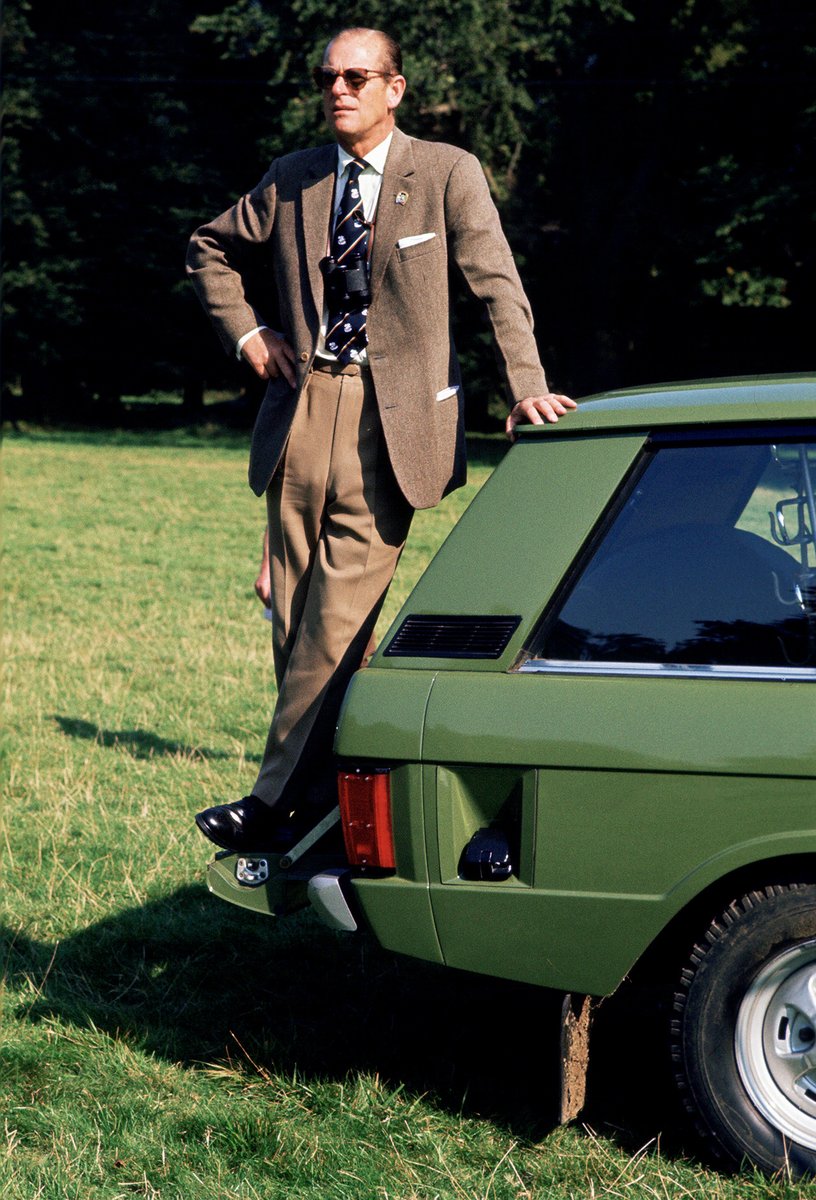This is old hat for anyone who has followed menswear for a while, but I love these old drawings from Apparel Arts (AA). AA was a large format, a quarterly publication that was a precursor to Esquire. They were distributed to clothiers so SAs could advise customers how to dress 



One of the cool things about AA is that each issue came with fabric swatches, so you could get a better sense of the clothes. Each issue was like a textile class. You'd learned what gabardine, cavalry twill, whipcord, thornproof, hopsack, and other materials FELT like 





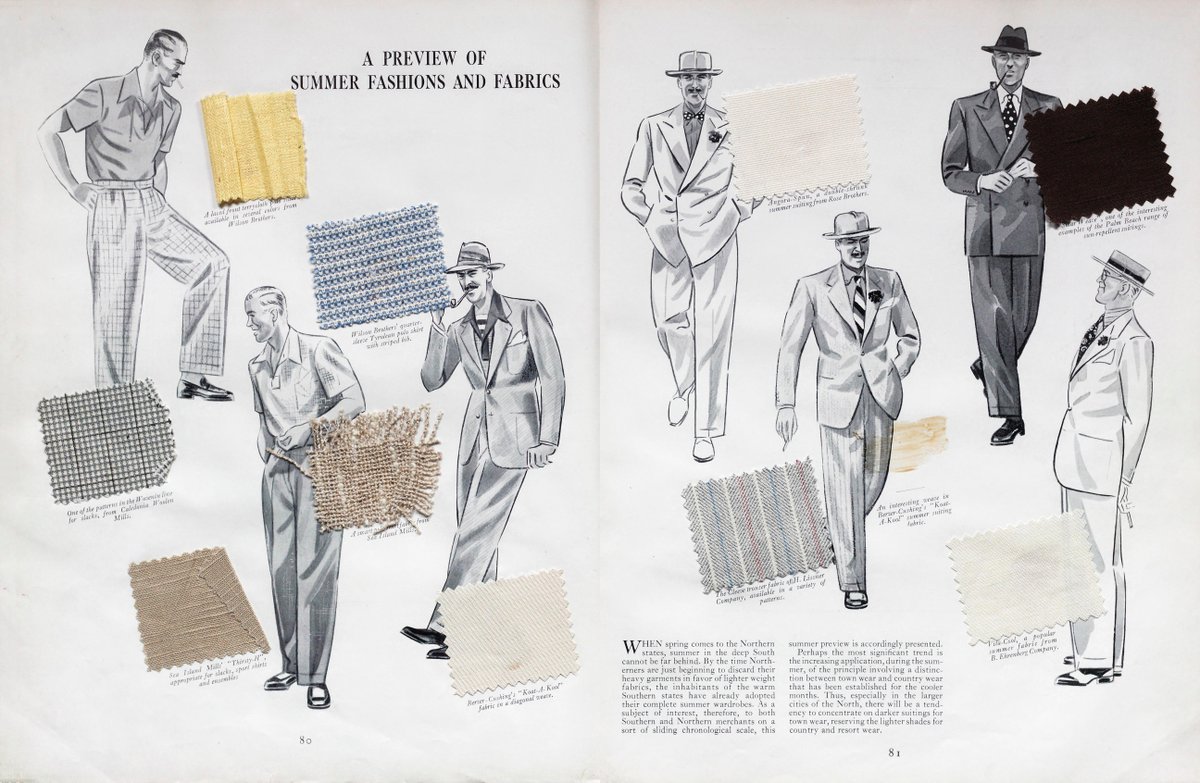

Most of all, I love AA because it was so pure. Remember, this pub was distributed to clothiers, who, at the time, still had close relationships with customers and advised them on how to dress. So when you look through AA, it was just about how to dress for various occasions. 




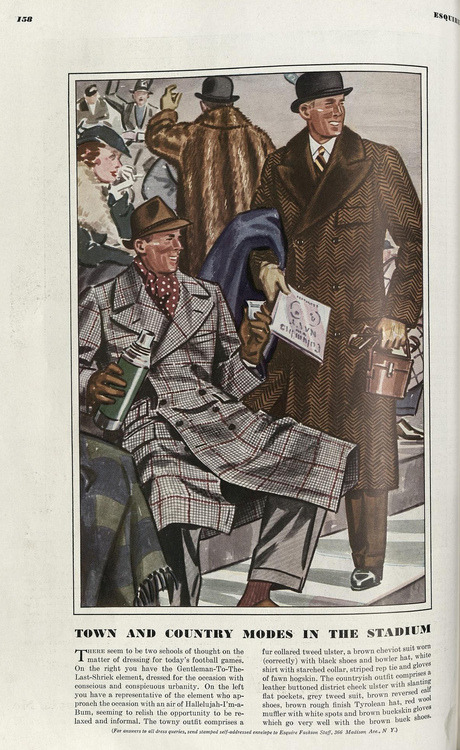
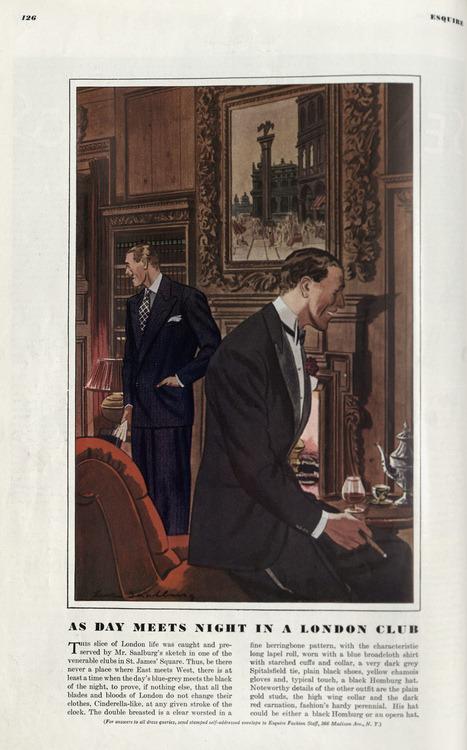

How should the fashionable 1930s man dress for campus? AA advises: "[T] he most important [outerwear] model for college men is the reversible balmacaan style in Harris tweed and gabardine. The popular reddish brown Harris tweed and light tan gabardine is the favorite color." 

This is very different from the modern menswear magazine, where fashion shoots typically involve a model or celeb who has been styled with advertisers' clothes. Captions read like: "Suit by Zegna ($5,000), Tie by Tom Ford ($200), Shoes by Prada ($600)." It's more commercialized 

There were never any brand names in AA. Not even names of tailors. It was just info on how men could dress for various situations, combined with in-depth descriptions of garment details and fabrics. You'd learn terms like Martingale back, bellow pockets, Ulster collar, etc 

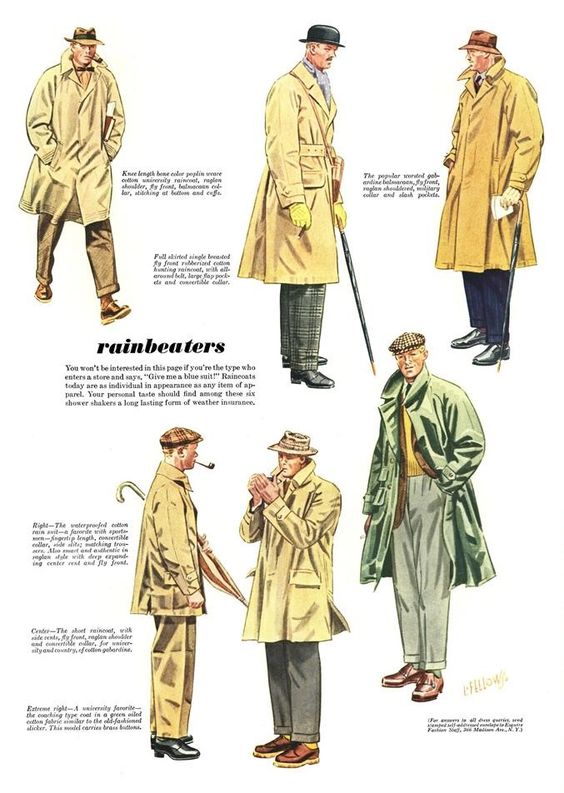
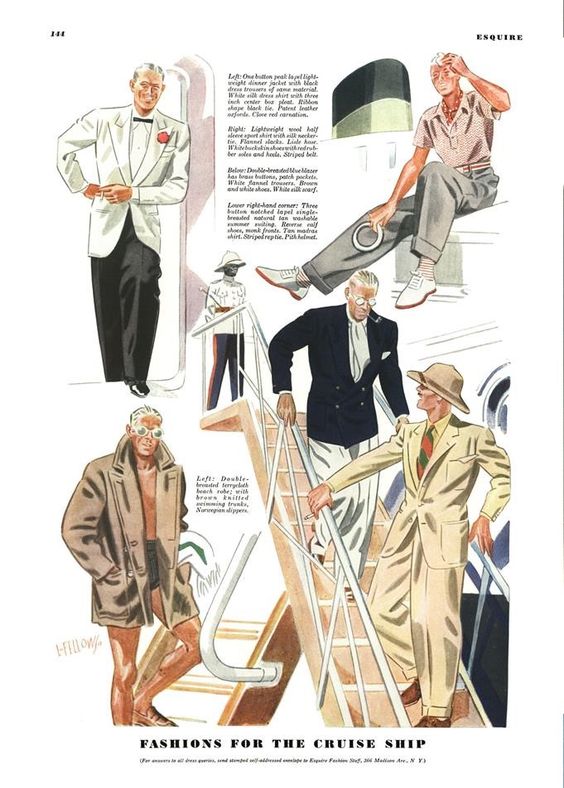
Although AA was aimed at clothiers, shoppers became fans after getting hold of issues. The pub's founder, Arnold Gingrich, then started a public-facing mag called Esquire. For various reasons, AA's usefulness waned after WWII, so it was renamed Gentlemen's Quarterly (GQ) in 1957 


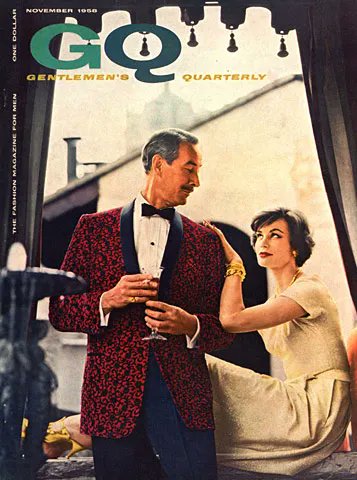
You can still find issues of Apparel Arts floating around various second-hand markets, but they are dearly expensive. The fabric swatches have typically fallen out. I've heard the Fashion Institute of Technology in NYC has a full set with swatches. Great if you can find them. 
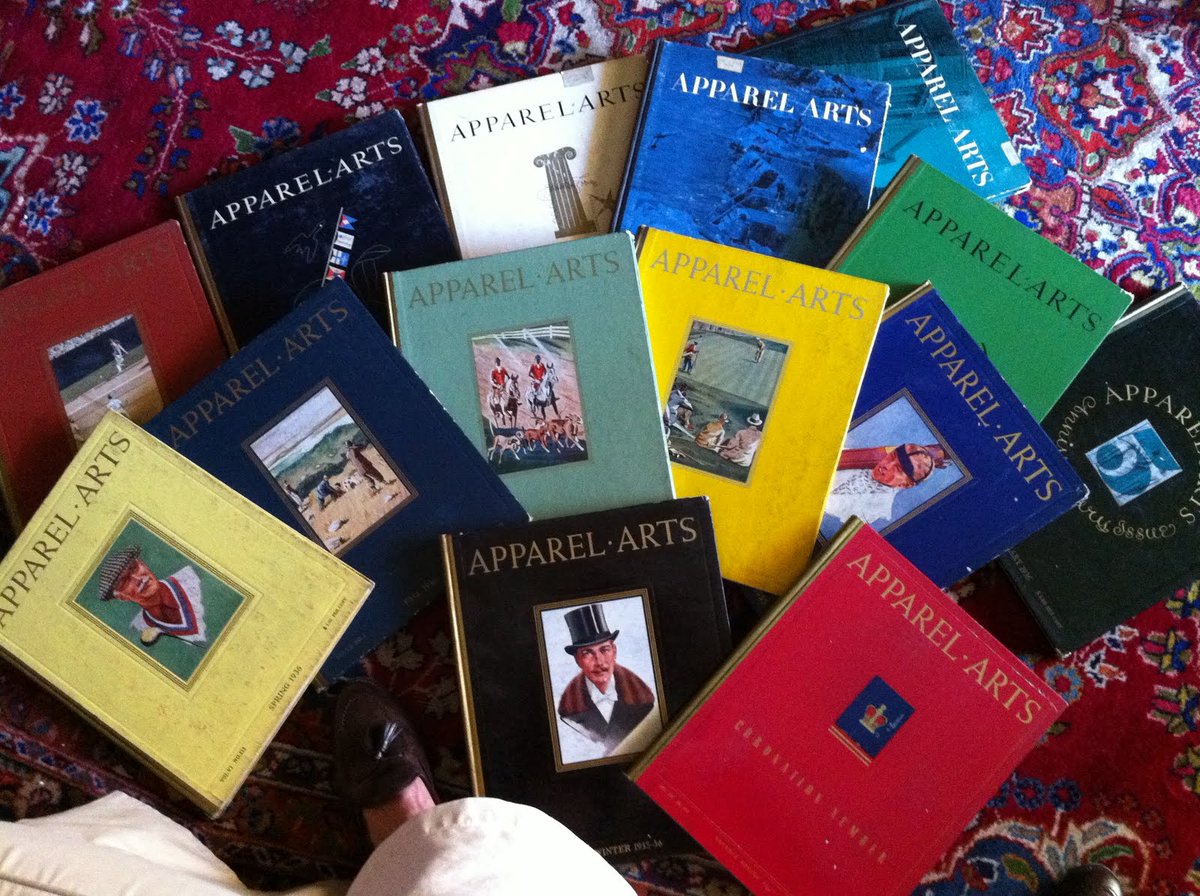
I will lament bc it's midnight and I'm in a mood: it bums me out that modern menswear discourse has become so focused on purchasing objects, rather than dressing. Buy this, buy that. Ppl fetishize things, like shoes or watches, without thinking about how these fit into a wardrobe
The great thing about AA is that it was purely about dressing. Even if they talked about shoes, it was about how those shoes fit into the broader context of a wardrobe and how to use those shoes to dress for various situations. It was not just about owning a cool shoe or watch.
When recreated with too great accuracy, some AA fits can look too costumey for my taste. But there's a guy on IG (ethanmwong) who brings some of the ideas in AA about proportion, cut, color, and style into a modern time and makes stuff look stylish.
(IG ethanmwong)



(IG ethanmwong)


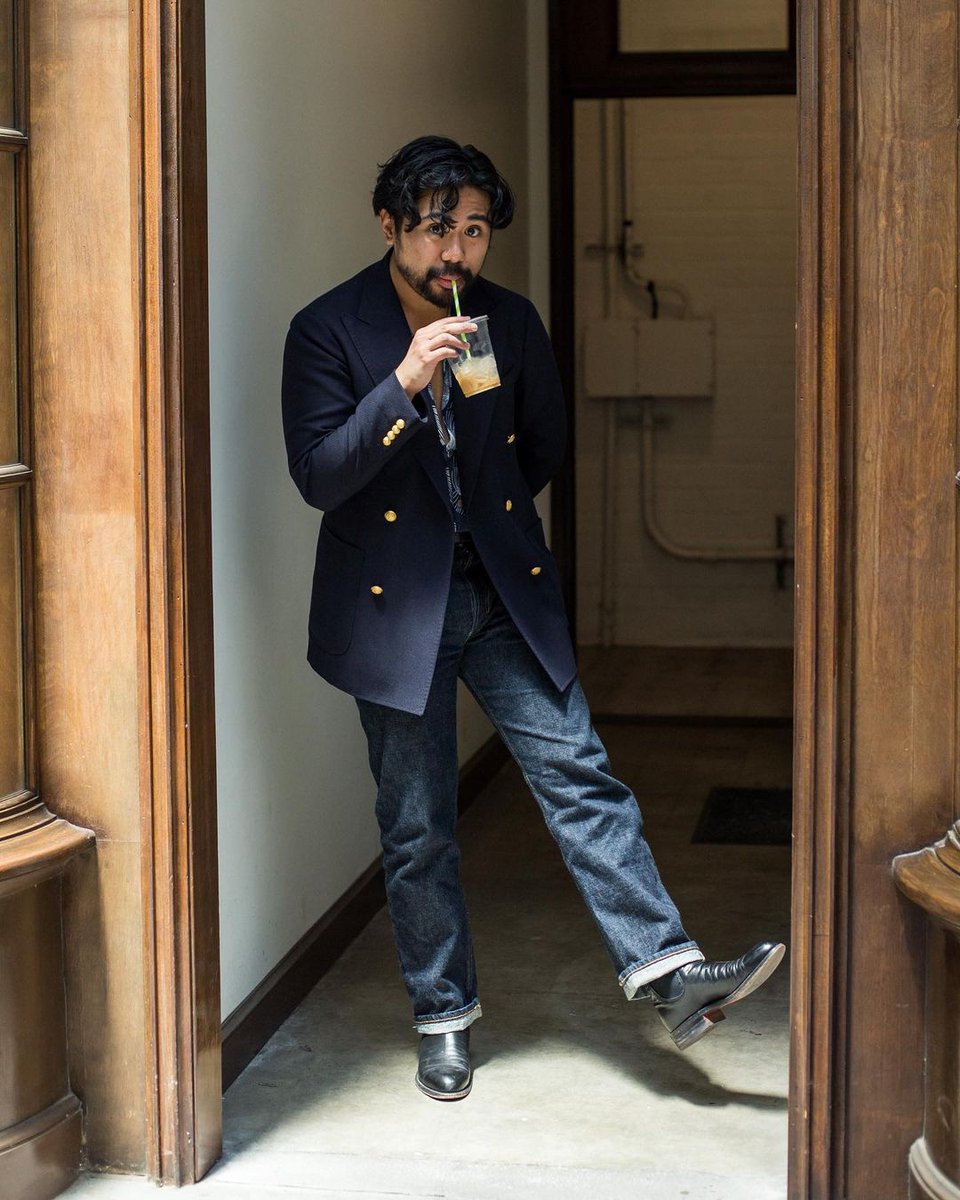
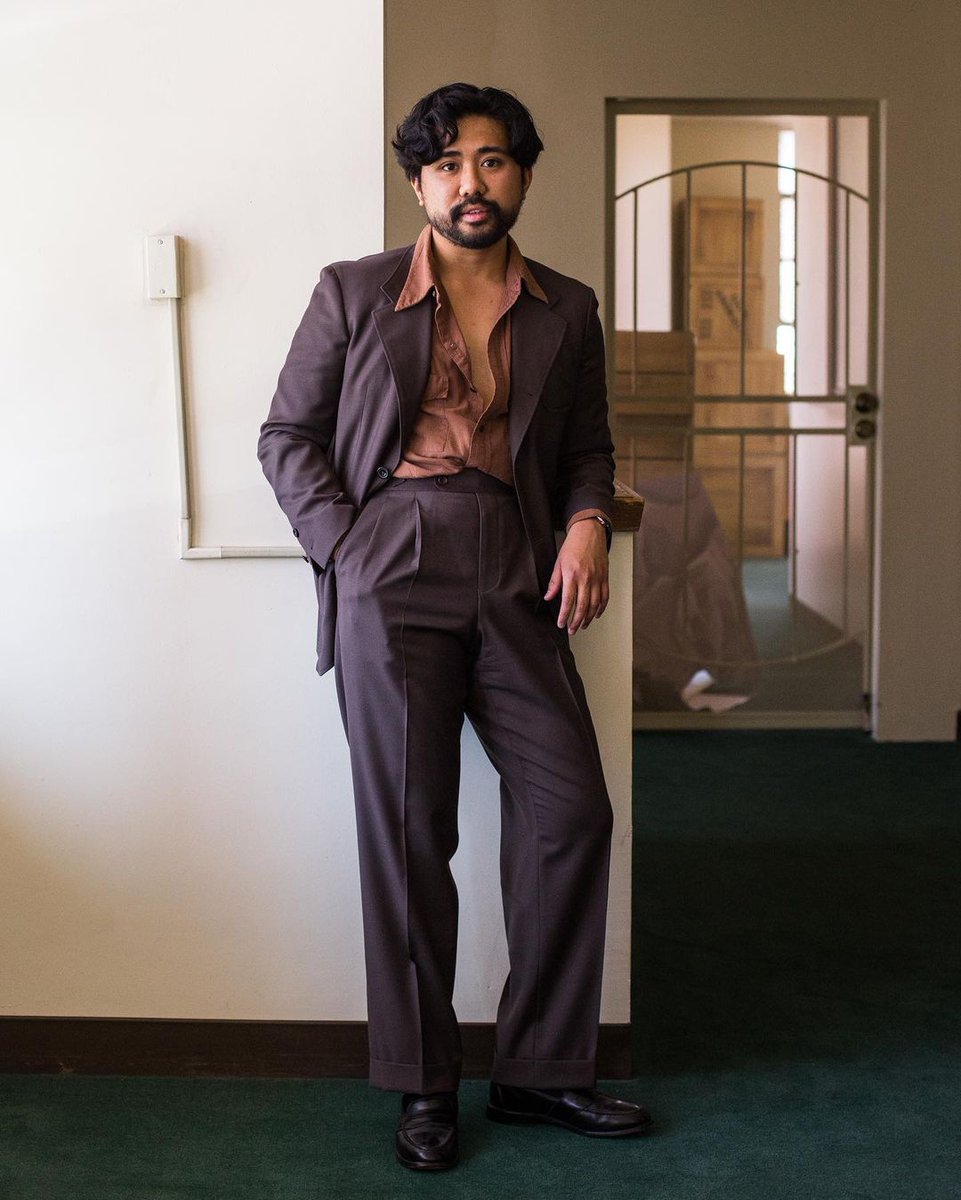
• • •
Missing some Tweet in this thread? You can try to
force a refresh


